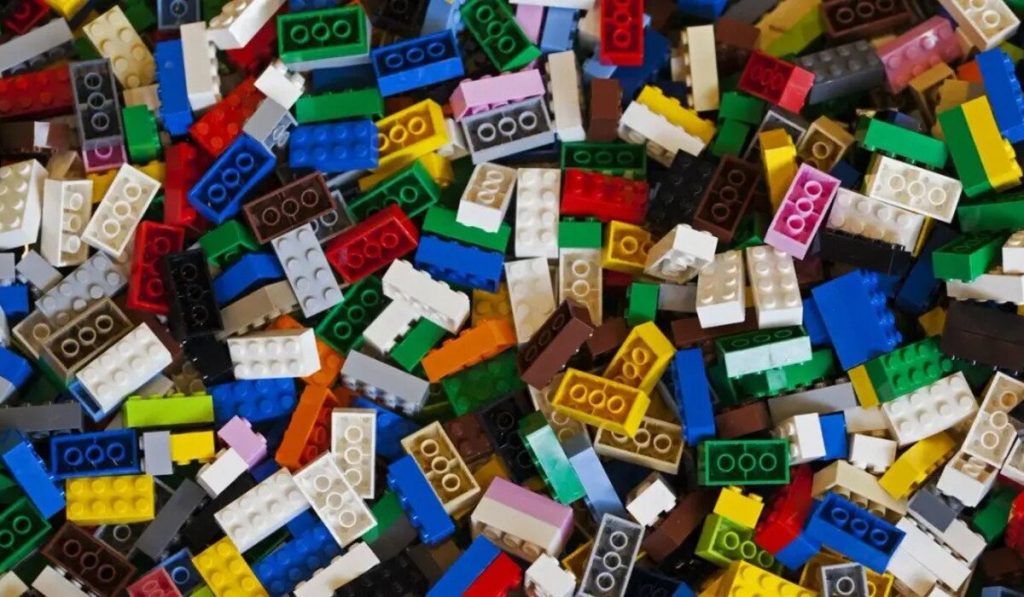A team of clever bioengineers from Arizona State University (ASU) has found an innovative solution to a long-standing challenge in DNA origami research by using childhood nostalgia. They have created a cost-effective and efficient gradient mixer for purifying self-assembling DNA origami structures using a LEGO robotics kit. This breakthrough, published in a paper on PLOS ONE, has the potential to revolutionize how scientists work with DNA origami.
Traditionally, purifying DNA origami structures required an expensive gradient mixer using rate-zone centrifugation. However, the resourceful minds at ASU have shown that LEGO bricks can be repurposed for scientific progress.
Imagine a LEGO robot with colorful bricks, carefully assembled into a single-arm contraption on a simple base. Despite its playful appearance, this robot has the power to transform DNA origami research.
Let’s explore how this LEGO Marvel works. The robot’s single arm skillfully positions cylindrical tubes filled with DNA origami material, securely attaching them. Before the spinning process begins, the tubes are vertically positioned and capped to prevent any mess. Once everything is set, the robot initiates a slow and graceful spin, seamlessly blending the materials inside the tubes into a gradient.
The key to its success lies in the transition from vertical to horizontal. As the tubes are lowered into a horizontal position, they spin rapidly, effectively separating the contents into distinct layers, forming a gradient.
Impressively, the results of their tests were on par with expensive commercial gradient mixers, showing that the LEGO robot efficiently mixed and separated the required materials. Moreover, this DIY DNA origami purification kit costs much less.
The team used two small yet powerful LEGO motors—one for placement and the other for spinning. They also ingeniously created the tube holder using a 3D printer, showcasing the combination of various cutting-edge technologies.
This discovery’s potential goes beyond DNA origami; the researchers at ASU believe that this creative approach can be used to develop affordable alternatives for other costly lab machines. The idea of a LEGO-powered laboratory might not be as far-fetched as it sounds.

